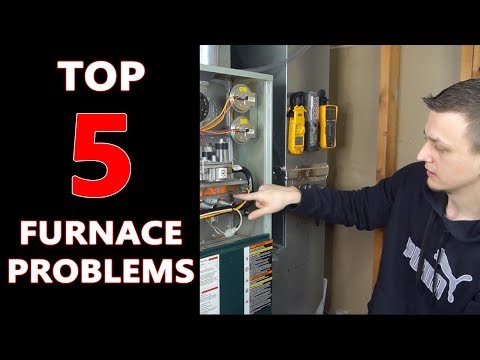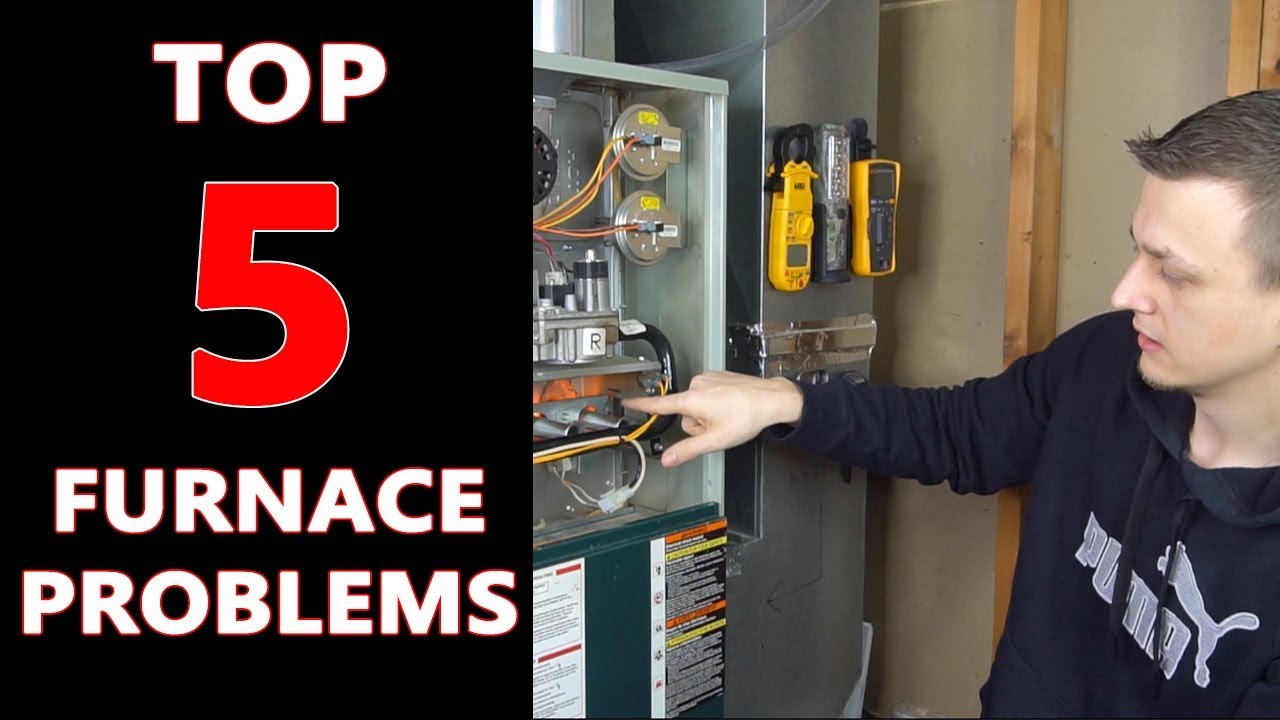Discover the essential steps to take when your furnace unexpectedly goes out. Don’t panic! We’ve got you covered with expert advice on how to handle this nerve-wracking situation. Imagine coming home on a chilly winter evening, only to find that your trusty furnace has stopped working. What a nightmare! But fear not, because we’re here to guide you through the process of getting it back up and running. First off, assess the situation by checking for any obvious issues, such as a blown fuse or a tripped circuit breaker. If you’re not sure how to do this, our comprehensive guide will walk you through each step. Next, it’s time to troubleshoot the problem. Is it a faulty thermostat, a malfunctioning pilot light, or something more complex? Our troubleshooting tips will help you narrow down the possibilities and determine whether you can fix it yourself or if professional help is needed. Finally, we’ll discuss preventative maintenance to ensure your furnace stays in top shape for years to come. Regular maintenance not only keeps your unit running smoothly but also extends its lifespan, saving you money in the long run. So, if you find yourself in the unfortunate situation of a furnace outage, don’t despair. Follow our expert advice, and you’ll have your cozy home back in no time.

What to Do When Your Furnace Goes Out
| Problem | Solution |
|---|---|
| The furnace is not producing heat | Check the thermostat settings to ensure they are correctly set. If the settings are correct, inspect the air filter and replace it if dirty. Additionally, check the circuit breaker or fuse box to see if there is a blown fuse or tripped breaker. If all else fails, contact a professional HVAC technician to diagnose and fix the issue. |
| The furnace is producing insufficient heat | Inspect and clean the air vents and ductwork to ensure proper airflow. Check the thermostat temperature settings and adjust if necessary. If the problem persists, it may indicate a faulty blower motor or a more complex issue that requires professional attention. |
| The furnace is making unusual noises | Listen closely to identify the specific noise. Rattling or banging sounds could indicate loose or broken components, while a high-pitched squealing noise might suggest a worn-out belt. In such cases, turn off the furnace immediately and contact a professional technician for repairs. |
| The furnace is constantly turning on and off | Check the thermostat’s heat anticipator setting and adjust it accordingly. A faulty thermostat or a malfunctioning limit switch might also cause this issue. If troubleshooting the thermostat and limit switch does not resolve the problem, it is advisable to seek professional assistance to avoid further damage. |
| The furnace is emitting strange odors | If you notice a burning smell, turn off the furnace immediately and contact a professional technician, as this could indicate a potentially dangerous issue. Meanwhile, if you detect a musty odor, it might be a sign of mold growth in the ductwork, which requires professional cleaning and remediation. |
What to Do When Your Furnace Goes Out
Dealing with a malfunctioning furnace can be a frustrating experience, especially during the cold winter months. Not only can it leave you feeling uncomfortable and cold, but it can also pose potential health risks. If you find yourself in this unfortunate situation, it’s important to take immediate action to resolve the issue. Here are some steps you can take when your furnace goes out:
1. Check for Power
The first thing you should do when your furnace goes out is to check for power. Make sure that the furnace is plugged in and that the circuit breaker hasn’t tripped. If the circuit breaker has tripped, reset it and see if that solves the problem. If the furnace still doesn’t turn on, it’s time to move on to the next step.
2. Inspect the Thermostat
The next step is to inspect the thermostat. Ensure that it is set to the appropriate temperature and that it is in “heat” mode. If your thermostat runs on batteries, make sure they are not dead or corroded. Sometimes, a simple battery replacement can fix the issue. If everything seems to be in order with the thermostat, it’s time to move on to troubleshooting the furnace itself.
3. Check the Air Filter
A dirty or clogged air filter can cause your furnace to malfunction or stop working altogether. A check of the air filter is essential in troubleshooting a furnace issue. Locate the air filter, which is typically located near the blower motor. If the filter appears dirty or clogged, replace it with a new one. A clean air filter improves the furnace’s efficiency and prolongs its lifespan.
4. Inspect the Pilot Light or Ignition System
If your furnace uses a pilot light, checking the pilot light should be your next step. Ensure that the pilot light is lit. If it has gone out, follow the manufacturer’s instructions to relight it. If your furnace has an electronic ignition system, make sure it is functioning correctly. Consult the furnace’s manual or contact a professional if you are unsure about how to troubleshoot the pilot light or ignition system.
5. Call a Professional
If you have followed the steps above and your furnace still doesn’t turn on or function properly, it’s time to call a professional. Heating systems can be complex, and attempting to fix them without the necessary knowledge and expertise can be dangerous. A professional HVAC technician will be able to diagnose the problem accurately and provide the appropriate repairs. They can also offer regular maintenance services to prevent future issues and keep your furnace running efficiently.
In conclusion, a malfunctioning furnace can be a major inconvenience, especially during the colder months. However, by following these steps and taking the necessary actions, you can troubleshoot the problem and restore warmth and comfort to your home. Remember to always prioritize safety, and if in doubt, seek professional help. Stay warm!

